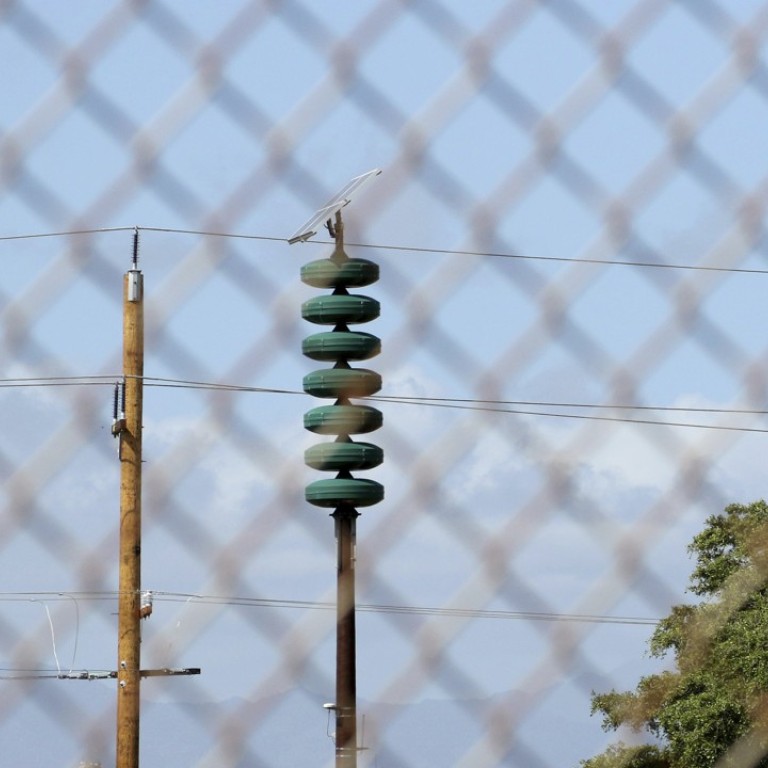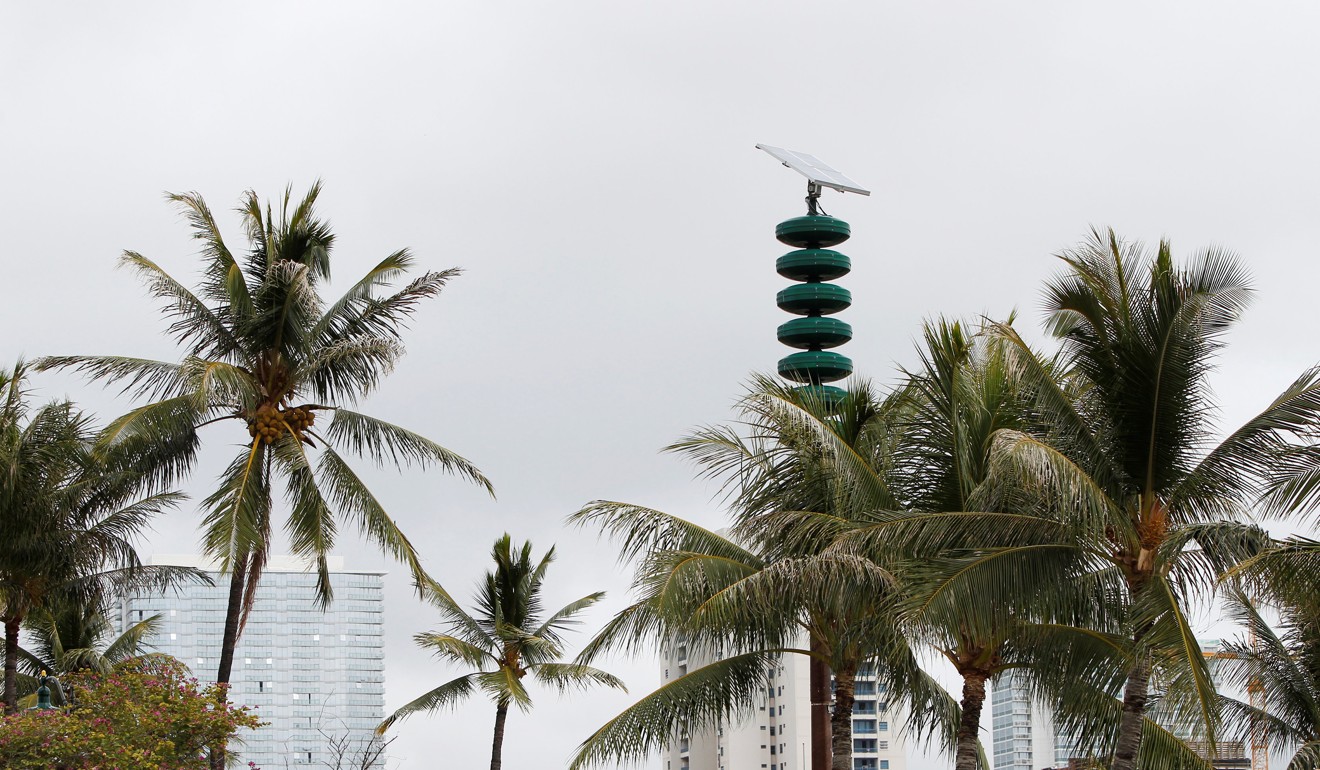
Hawaii revives cold war nuclear warning siren after North Korean test of ICBM
Just days after North Korea tested its most powerful missile yet, Hawaii is dusting off a relic not heard on the islands since the end of the cold war.
The monthly test of Hawaii’s siren warning system for tsunamis and other natural disasters will have a new tone when it sounds on Friday – one designed to alert residents of an impending nuclear attack.
“We believe that it is imperative that we be prepared for every disaster, and in today’s world, that includes a nuclear attack,” Hawaii Governor David Ige said, adding that the possibility is remote.
Ige said the new test will ensure the public knows what they should do in case of an imminent attack. If a missile is launched, residents and tourists would have less than 20 minutes to take shelter, officials said.
“There needs to be different action taken should there be a nuclear attack than what is expected for a hurricane or tsunami,” the governor said.

The attack warning will produce a different tone than the long, steady storm siren that people in Hawaii have grown accustomed to. It will include a wailing sound in the middle to distinguish it from the other alert.
Vern Miyagi, administrator for Hawaii Emergency Management Agency, said the state delayed the test for a month to let people know it would be happening. Hawaii turned to public service announcements on television and radio, town hall meetings, information on agency websites and media stories.
“The public can handle it. They’re not going to panic,” Miyagi said.
The test comes the same week that North Korea fired a powerful nuclear-capable intercontinental ballistic missile it calls the Hwasong-15, leading analysts to conclude the nation has made a jump in its missile capability. The weapon would have a range of more than 8,100 miles (13,000 kilometres), easily reaching the US mainland.
Hawaii is the closest state to North Korea, and its large military presence could make it more of a target. The island of Oahu is home to the US Pacific Command, the military’s headquarters for the Asia-Pacific region. It also hosts dozens of Navy ships at Pearl Harbour and is a key base for the Air Force, Army and Marine Corps.
Miyagi has previously said a nuclear strike on Hawaii would result in thousands of deaths, thermal radiation, severe damage to critical infrastructure, widespread fires and other chaos.
Hawaii lawmakers have been urging emergency management officials to update cold war-era plans for coping with a nuclear attack.
“I think it’s responsible to do this,” Honolulu Mayor Kirk Caldwell said of the tests, though adding the chances of an attack are slim.
The tests will continue on the first day of every month. If the siren sounds because an attack is imminent, residents and tourists should get inside and stay tuned for further instructions, officials said.
Hawaii no longer has any nuclear shelters. When the cold war ended, funding for maintaining them ran out as the threat of attack ended, emergency officials said.
Lorraine Godoy, 75, who was born and raised on the Big Island, said she vividly remembers the air raid sirens that used to blast during the cold war. She said the upcoming tests will bring back memories from her childhood, when she had a curfew and the sirens blared often.
“It’s very scary. It’s loud. It’s frightening,” Godoy said. “I’m just glad I don’t have any children or grandchildren living here because it was very scary to hear as a child.”
She said the tests are a “reminder that this is not a safe world any more. Even here, in Hawaii, it’s not safe.”

Tourism officials disagree, saying travellers “should not be alarmed by the testing.”
“Its implementation is consistent with the state’s long-standing policy to be prepared and informing the public well in advance of any potential threat to Hawaii’s well-being,” George Szigeti, president and CEO of the Hawaii Tourism Authority, said in a statement.

